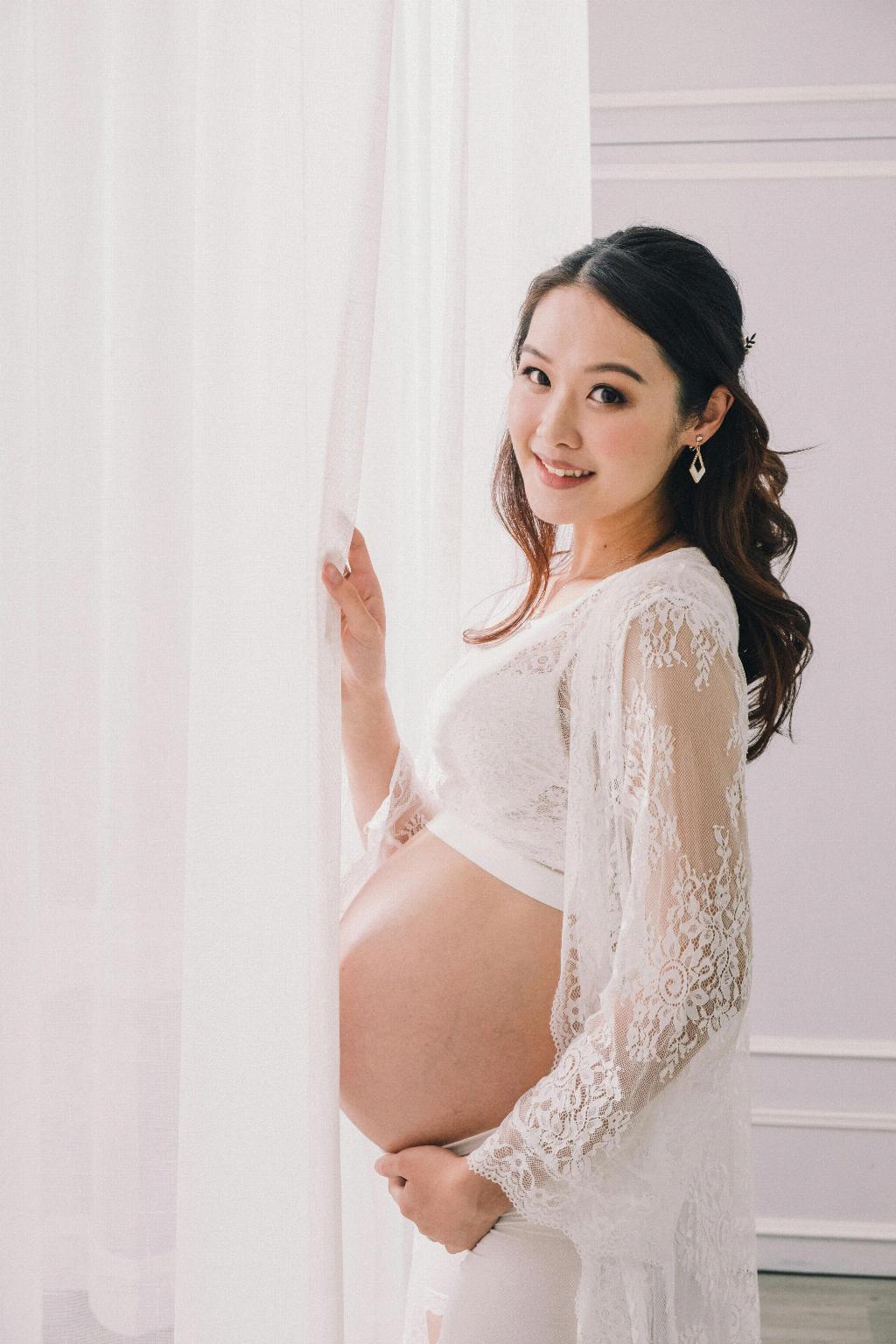One of the many experiences that pregnant women may encounter as they near the end of their pregnancy journey is the phenomenon known as “lightening.” This term refers to the sensation that some women feel when their baby drops lower into their pelvis in preparation for labor and delivery.
The Physical Sensation
When lightening occurs, many women describe feeling a sudden and significant shift in the position of their baby. This can result in a noticeable change in the pressure and heaviness felt in the lower abdomen and pelvis. Some women may experience a sensation of increased space in their upper abdomen as the baby moves down.
Relief from Pressure
For some women, the feeling of lightening brings relief from the pressure and discomfort that may have been caused by the baby pressing against their diaphragm and other organs. This can make breathing easier and allow for better digestion as the baby’s position changes.
Changes in Urinary Frequency
As the baby drops lower in the pelvis, it can also put additional pressure on the bladder. This may lead to more frequent urges to urinate as the baby’s head rests on the bladder. Some women may find themselves making more trips to the bathroom as a result of this increased pressure.
Pelvic Discomfort
While lightening can bring relief from some upper abdominal discomfort, it may also lead to increased pressure and discomfort in the pelvic area. The baby’s lower position can put added strain on the pelvic joints and muscles, potentially causing sensations of heaviness or achiness in the pelvis.
Changes in Walking
As the baby descends into the pelvis, some women may notice changes in their gait and the way they walk. The lower position of the baby can affect the alignment of the hips and pelvis, leading to a waddling gait or changes in posture as the body adjusts to the new position of the baby.
Increased Heartburn
While lightening may alleviate some upper abdominal pressure, it can also contribute to an increase in heartburn symptoms for some women. The shifting position of the baby can affect the functioning of the digestive system, leading to greater discomfort and reflux.
Sensations of Engagement
For many women, the sensation of lightening is accompanied by a feeling of the baby’s head engaging in the pelvis. This can be experienced as a sense of pressure or fullness in the lower pelvis, as the baby’s head settles into position in preparation for birth.
Increased Pelvic Pressure
As the baby descends further into the pelvis, some women may notice an increase in pelvic pressure and a sensation of heaviness in the lower abdomen. This pressure may be particularly noticeable during activities such as walking or standing for prolonged periods.
Changes in Baby Movements
Once the baby has dropped lower into the pelvis, some women may notice changes in the pattern and intensity of their baby’s movements. The lower position of the baby may restrict the space available for movement, leading to a shift in the way movements are felt.
Preparation for Labor
Lightening is often seen as a sign that the body is preparing for labor and delivery. The downward movement of the baby signals that the baby is getting into position for birth, with the head facing downward in the pelvis in readiness for the journey through the birth canal.
Final Thoughts
Overall, the sensation of lightening in pregnancy can vary from woman to woman, with some experiencing significant relief from upper abdominal pressure while others may feel increased discomfort in the pelvic region. It is important to pay attention to these changes as they can provide valuable insights into the progression of labor and the impending arrival of your little one.

